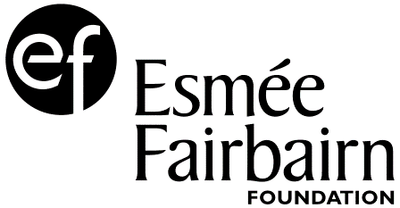The Edward Evans-Pritchard Archive
![Two youths, one playing a skin drum (gaza) and another a wooden gong (gugu). These two instruments formed the basis of most Zande feast dances (gbere buda) as well as the seances of abinza (witchdoctors). Photograph by E. E. Evans-Pritchard, 1927–30 [1998.341.476.2] © Pitt Rivers Museum evans pritchard](../images/evans_pritchard.jpg) Two youths, one playing a skin drum (gaza) and another a wooden gong (gugu). These two instruments formed the basis of most Zande feast dances (gbere buda) as well as the seances of abinza (witchdoctors). Photograph by E. E. Evans-Pritchard, 1927–30 [1998.341.476.2] © Pitt Rivers MuseumThe Edward Evan Evans-Pritchard (1902–1973) collection consists of 86 wax cylinder recordings made in Zandeland in South Sudan between 1928 and 1930. Evans-Pritchard's published writings on the Zande and Nuer people of South Sudan in the 1930s were highly influential anthropological texts, and established his name internationally. From 1947 until his retirement in 1970 he was Professor of Social Anthropology at the University of Oxford.
Two youths, one playing a skin drum (gaza) and another a wooden gong (gugu). These two instruments formed the basis of most Zande feast dances (gbere buda) as well as the seances of abinza (witchdoctors). Photograph by E. E. Evans-Pritchard, 1927–30 [1998.341.476.2] © Pitt Rivers MuseumThe Edward Evan Evans-Pritchard (1902–1973) collection consists of 86 wax cylinder recordings made in Zandeland in South Sudan between 1928 and 1930. Evans-Pritchard's published writings on the Zande and Nuer people of South Sudan in the 1930s were highly influential anthropological texts, and established his name internationally. From 1947 until his retirement in 1970 he was Professor of Social Anthropology at the University of Oxford.
The recordings in this collection are mostly of the spoken word, but also include some music. The recording quality is very poor throughout, but nonetheless this collection offers a fascinating glimpse into the fieldwork of one of the most well-known anthropologists of the 20th Century.
Evans-Pritchard is also known to have sent a selection of recordings to Professor Erich von Hornbostel in Berlin which are now held in the Berlin Phonogramm-Archiv, two of which (Zande songs) have been published. His extensive archive of field photographs and artefact collections have all been made available online as part of the Pitt Rivers Museum's southern Sudan project: http://southernsudan.prm.ox.ac.uk
The Recordings
Evans-Pritchard’s wax cylinders consist of a mixture of Zande songs, dances and spoken word recordings. The content includes both men and women singing, dance songs, and occasional dances with percussion, but includes little or no other instrumentation. Types of song include: fighting songs, circumcision songs, and songs to neutralize sorcery. Amongst the spoken word examples is a short series of four cylinders documenting a case of adultery. There are occasional references to named individuals, including chiefs and also key informants, such as Kamanga, Evans-Pritchard’s personal servant, and Mekana, his cook. It appears that the wax cylinders held at the Pitt Rivers Museum are ‘Galvano’ copies made from originals deposited at the Berlin Phonogram-Archiv.
Evans-Pritchard was particularly interested in both dance and folklore, and many of his ethnographies refer to dances. He reported that he had seen ‘men in a state of wild excitement, drunk with the intoxicating orchestral music of drums and gong, bells and rattles, throw back their heads and gash their chests with knives’ (1976: 72). His influential and pioneering article ‘The Dance’, written in 1928, analysed the social function of Zande dance from the perspective of melody, social organization and muscular movement.
The Playlist
The playlist below includes examples of men and women singing, a song by Mekana, a song by a witch doctor, and several dance songs. The examples have been chosen for their variety and for being amongst the clearest recordings.
References
Evans-Pritchard, E.E. 1976. Witchcraft, Oracles, and Magic Among the Azande. Oxford: Clarendon Press.
Evans-Pritchard, E.E. 1928. 'The Dance', Africa: Journal of the International African Institute, Vol. 1, No. 4 (Oct., 1928), pp. 446-462.


